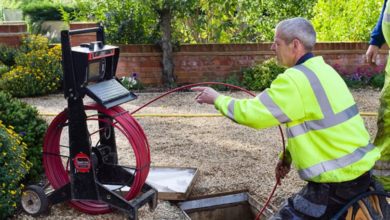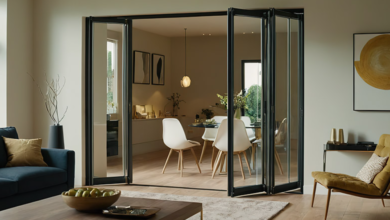What lasts longer, PVC or picket fences

When choosing the right fencing material for your property, durability is often a top priority. Homeowners frequently weigh the differences between traditional picket fences and modern PVC fences, especially when considering long-term maintenance and the likelihood of needing fence repair. While both options have their appeal, one generally stands the test of time better than the other, and understanding the reasons behind their longevity can help make an informed decision.
Picket fences, often made of wood, have been a classic choice for decades. They offer a charming, traditional look that many associate with cozy homes and well-kept gardens. However, wood, no matter how well treated, is vulnerable to the elements. Exposure to sun, rain, snow, and wind slowly wears it down. Moisture can lead to rot, while insects like termites can cause significant damage from the inside out. Over time, wooden picket fences are more likely to warp, crack, and peel, requiring regular maintenance. Painting, sealing, and replacing rotted sections become part of the ongoing care. As a result, the likelihood of fence repair becomes more frequent with traditional wooden picket fences.
On the other hand, PVC fences, also known as vinyl fences, are built to resist many of the issues that plague wooden fences. They are not susceptible to rot or insect damage, and their surface resists peeling, cracking, and warping. The material’s resistance to moisture makes it particularly suitable for areas with heavy rainfall or humidity. PVC fences also maintain their color over time without needing to be painted or stained. This durability significantly reduces the need for fence repair, making PVC a low-maintenance choice.
Another important factor is how the two materials respond to environmental stress. Wood can shrink and expand with temperature changes, which may cause nails or screws to loosen and boards to shift. These fluctuations lead to instability in the fence’s structure, creating the need for reinforcement or replacement of parts. PVC fences, however, are engineered to withstand these conditions with minimal impact. Though extreme heat may cause slight warping over time, the structural integrity typically remains intact for many years.
Installation also plays a role in the longevity of a fence. If either type is poorly installed, its life span will be compromised. However, PVC fencing systems often come with interlocking panels or posts that simplify the installation process and ensure long-term alignment and strength. Wooden picket fences, by contrast, rely heavily on craftsmanship and often require precise assembly, which, if not done correctly, can lead to future problems and repeated fence repair work.
See also: Ultimate Guide to Coffee Tables: Choosing the Perfect Piece for Your Home
Cost is often considered as well. Wooden picket fences tend to have a lower upfront cost, but over the years, maintenance and repair expenses add up. Sanding, repainting, and replacing rotting posts or broken boards become routine tasks. PVC fences may be more expensive initially, but the reduction in ongoing maintenance and repairs usually offsets the higher starting price. When calculating the total cost of ownership over a decade or more, PVC often proves to be the more economical choice.
When evaluating which material lasts longer, PVC clearly has the advantage. Its resistance to decay, pests, and weather-related damage makes it a more durable and low-maintenance solution. That said, aesthetic preferences still play a role. Some homeowners may still prefer the warm, natural appearance of wood despite its need for regular upkeep and a higher chance of fence repair.
Ultimately, the decision comes down to balancing appearance, durability, maintenance, and long-term costs. For those looking to minimize repairs and enjoy a long-lasting boundary solution, PVC emerges as the more reliable option. Its ability to withstand the elements and preserve its look for many years makes it a smart investment for those focused on durability. However, no matter which option is chosen, proper care and timely repairs remain essential for maximizing any fence’s life span.





